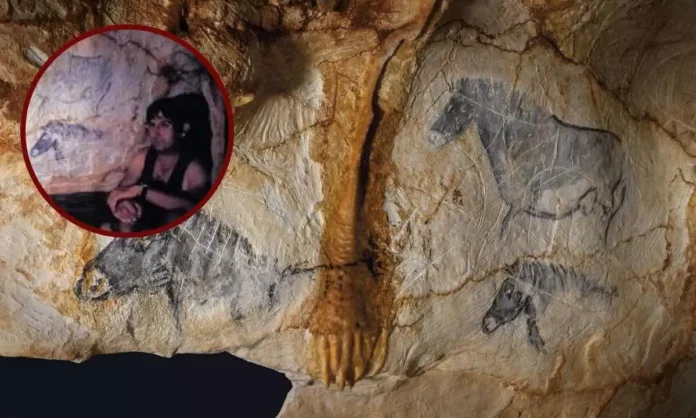Beneath the waves off the coast of Marseille, France, lies a hidden treasure of prehistoric art—the Cosquer Cave. Discovered by diver Henri Cosquer in 1985, this extraordinary site, submerged around 37 meters (121 feet) underwater, offers a rare and well-preserved glimpse into the lives of early humans during the Upper Paleolithic era. Join us as we explore its rich history, mesmerizing artwork, and the ongoing efforts to preserve and recreate this remarkable site.
Discovery and History of Cosquer Cave
In 1985, French diver Henri Cosquer stumbled upon the entrance to a submerged cave while exploring near Cape Morgiou. During the last Ice Age, approximately 27,000 years ago, the entrance to this cave was above sea level, but rising waters eventually submerged it. Cosquer kept his find private for several years due to its remote and dangerous location. However, the cave gained global attention in 1991 when a tragic incident led to the deaths of three divers, sparking a surge of interest in this mysterious underwater world.
Named after its discoverer, the Cosquer Cave became an important archaeological site. Researchers studied the cave through various expeditions, documenting its incredible artwork, which has been remarkably preserved thanks to its underwater environment. The lack of human interference and environmental impacts that affect other prehistoric sites has kept the cave’s paintings in excellent condition, turning it into a crucial piece of the historical puzzle.
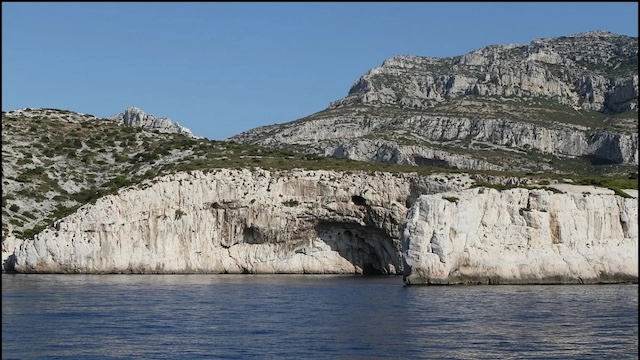
What’s Inside the Cosquer Cave?
The Cosquer Cave holds over 200 stunning artworks that date back between 27,000 and 19,000 years ago. These artworks provide invaluable insights into the daily life, creativity, and surroundings of prehistoric humans. The cave’s diverse artwork includes:
1. Animal Paintings
The walls of the cave are adorned with detailed depictions of various animals, such as horses, bison, and ibexes. Horses appear the most frequently, with 63 representations, followed by 28 ibex, 17 deer, 10 bison, and 7 aurochs. The flowing lines of the horses suggest a sense of movement, while the finely detailed depictions of bison indicate a keen observation of nature. These paintings provide a valuable glimpse into the fauna of the Ice Age and how early humans interacted with their environment.
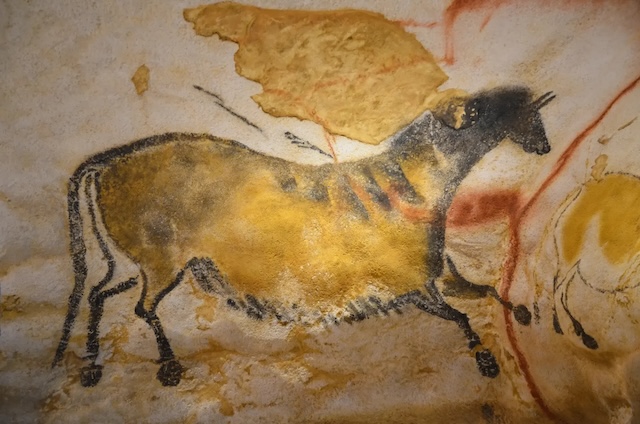
2. Marine Life
Among the unique features of Cosquer Cave are the paintings of marine creatures, including seals and jellyfish. These jellyfish images are some of the earliest known representations of marine life in prehistoric art. They suggest that the cave’s artists not only lived close to the coast but also had a deep understanding of the sea and its inhabitants. Depictions of seals, jellyfish, and fish further reinforce the connection between early humans and their coastal surroundings.

3. Hand Stencils and Abstract Art
The cave also contains numerous hand stencils, created by placing hands on the wall and blowing pigment around them to leave a negative impression. Experts believe these stencils may hold symbolic or ritualistic meanings. Alongside these, abstract patterns and geometric shapes add another layer of mystery to the cave’s artwork. The cave features 65 hand stencils, with 44 in black and 21 in red, showcasing the ancient stencil technique.
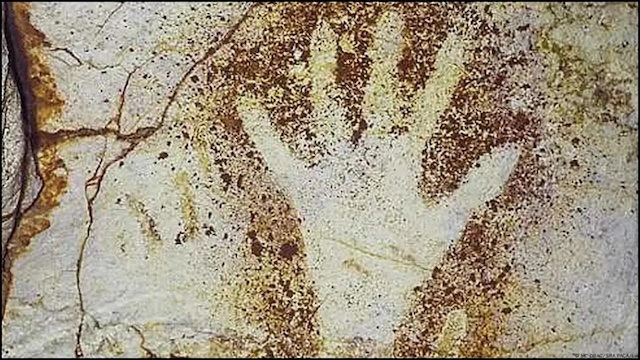
4. Engravings of Extinct Birds
One of the most intriguing aspects of the Cosquer Cave is the presence of engravings depicting extinct species, such as the great auk. These engravings offer evidence of the biodiversity that existed during the time when humans occupied the cave. By studying these images, researchers gain valuable insights into prehistoric ecosystems and the variety of species that once roamed the region.
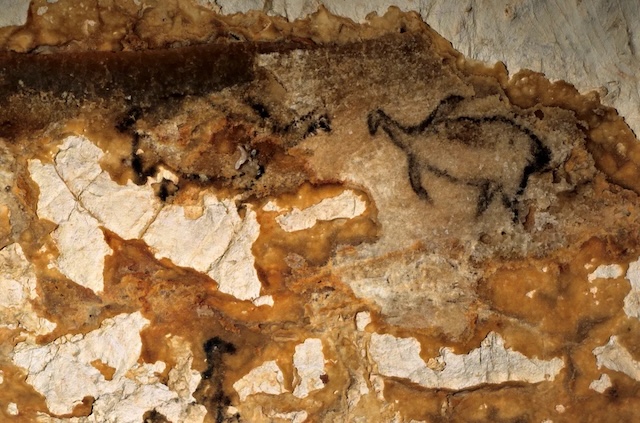
Who Created These Masterpieces?
The artists behind these magnificent works remain unknown. The purpose and motivations for these paintings and engravings are still a mystery. The cave’s remote location and the careful preservation of its artwork suggest that it may have served as a sanctuary or a place of ritualistic significance for Upper Paleolithic humans. Researchers have so far identified depictions of 177 animals from 11 different species, offering a glimpse into the rich natural world of the time.
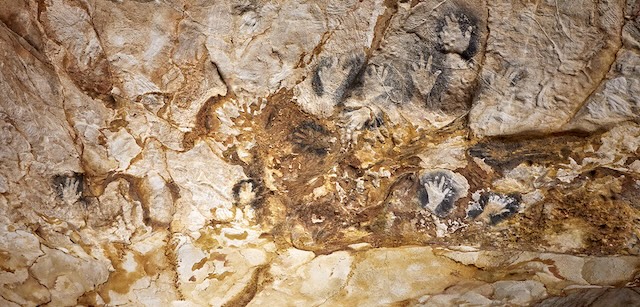
Visiting the Cosquer Cave
Due to its underwater location and fragile condition, direct visits to the original Cosquer Cave are prohibited. The site is protected to preserve its delicate artworks, and only a select group of scientists and conservationists are allowed to access it under strict conditions. Using advanced technology, archaeologists conducted a detailed multi-layer 3D survey inside the cave, employing high-precision rotating laser scanners to create an accurate digital replica.
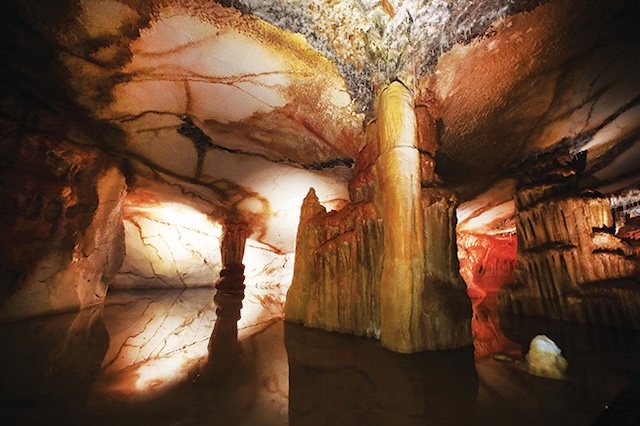
The Replica of Cosquer Cave
In June 2022, a full-scale replica of the Cosquer Cave was opened in Marseille, allowing the public to explore this prehistoric wonder. This replica faithfully recreates the cave’s interior, complete with its remarkable paintings, engravings, and other features. The replica enables visitors to experience the cave’s ancient art and understand its significance without harming the original site. Since its opening, the replica has attracted a significant audience, with 809,196 visitors recorded in just one year, far surpassing initial expectations.
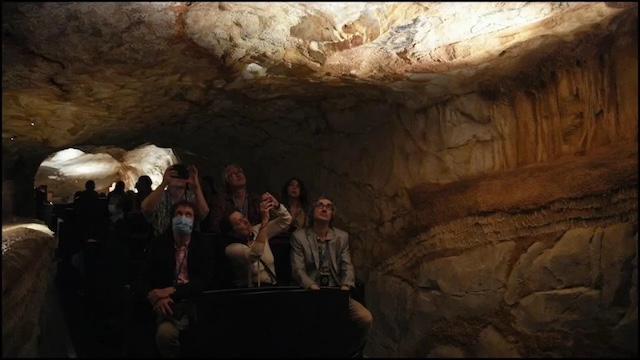
Conclusion
The Cosquer Cave stands as a testament to early human creativity and the rich biodiversity of the Upper Paleolithic period. Hidden beneath the sea, its preserved artworks offer valuable insights into the lives, beliefs, and environment of our ancient ancestors. Although direct access to the original cave is not possible, the replica in Marseille allows people worldwide to appreciate and study this incredible piece of history. Through the efforts to protect and recreate the Cosquer Cave, its legacy and the secrets it holds continue to inspire and educate future generations.
